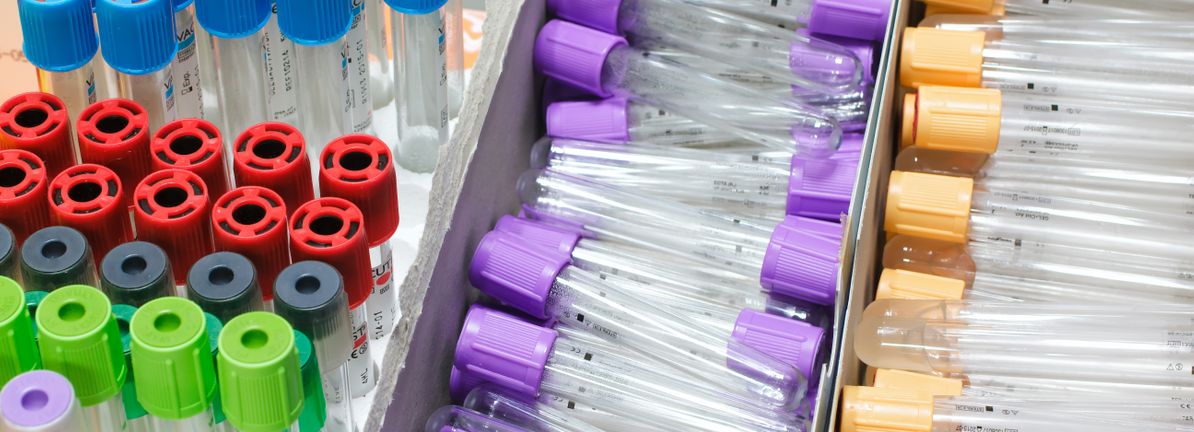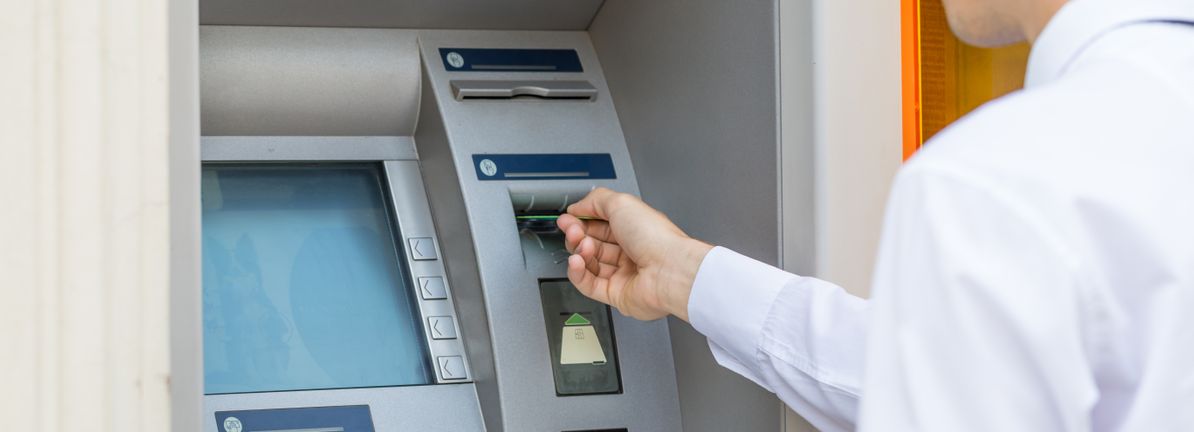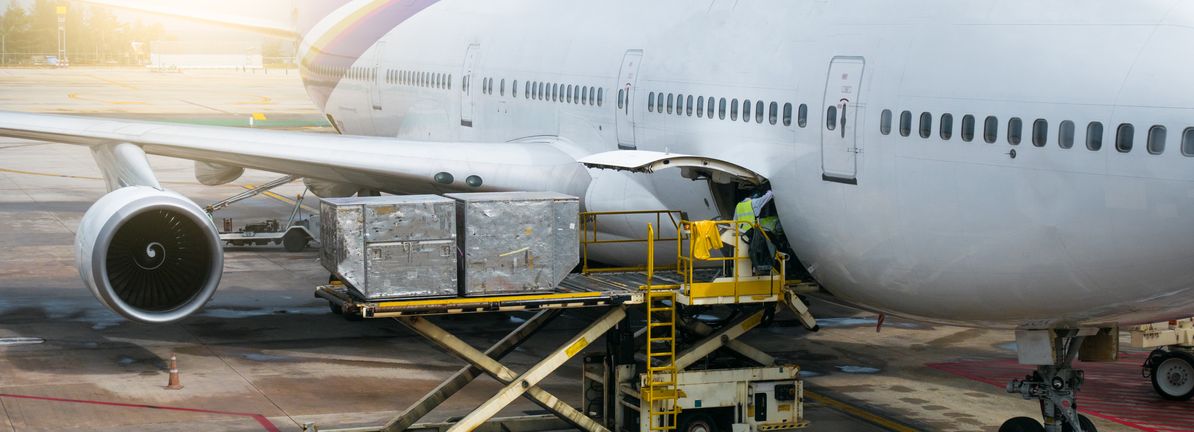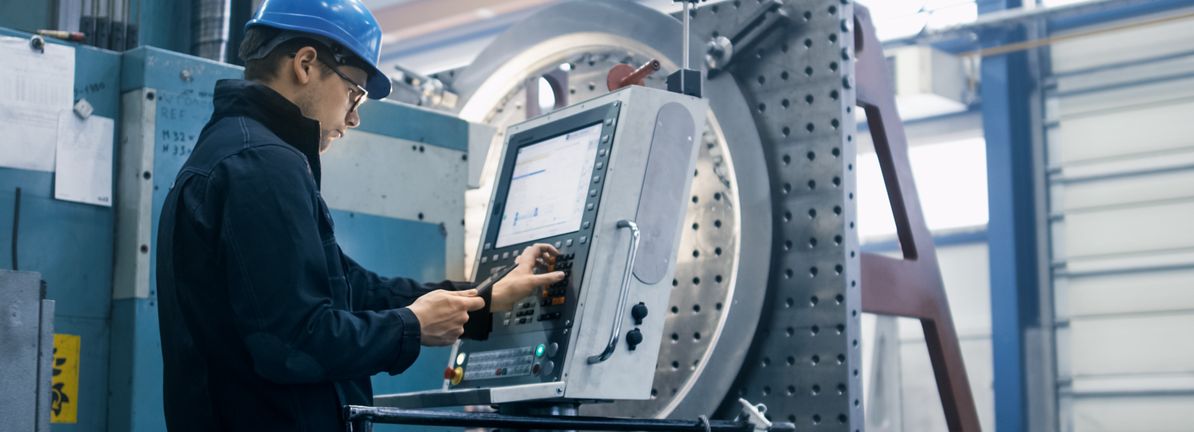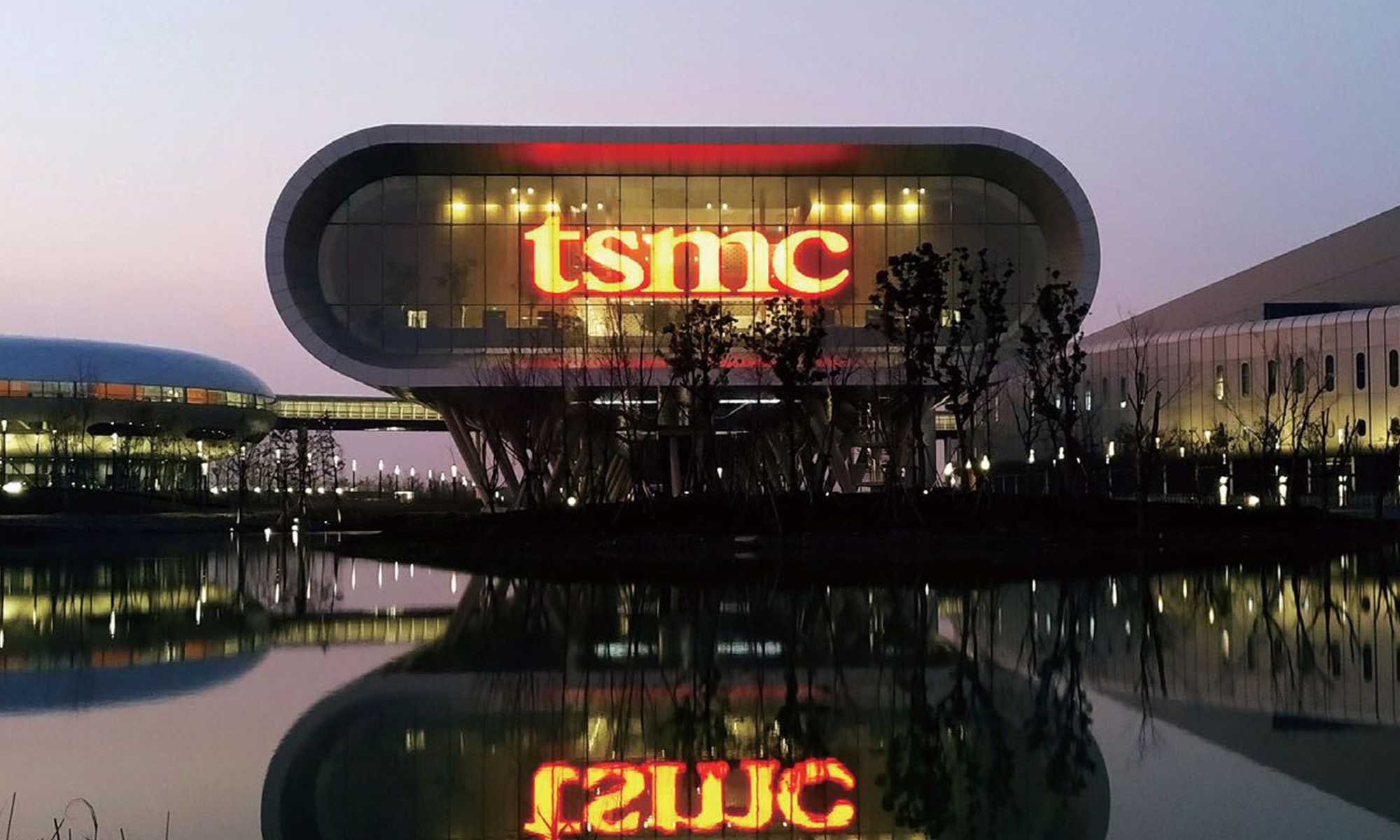Affiliated Managers Group reported its third-quarter earnings, showing strong year-over-year profit growth and a clear jump in earnings per share. These results signal improving profitability and operational momentum for the company.
See our latest analysis for Affiliated Managers Group.
Affiliated Managers Group’s mix of upbeat earnings, continued share buybacks, and a newly affirmed dividend has clearly energized investors. The stock’s climbed 22.7% over the last 90 days, and shareholders have enjoyed a compelling 40% one-year total return. Both short- and long-term momentum point to growing confidence in the company’s trajectory.
If this momentum has you scanning for your next investing opportunity, it might be time to discover fast growing stocks with high insider ownership
With shares up sharply and the company delivering improved profits, the central question now is whether Affiliated Managers Group is still undervalued or if the market has already priced in the next stage of growth.
The narrative consensus pegs Affiliated Managers Group’s fair value well above the last close, signaling sizable upside in the eyes of market watchers.
Record-breaking inflows and rapid expansion in alternative assets have increased AMG’s alternative AUM by 20% in six months. The company reported its strongest organic growth quarter in 12 years, positioning it to benefit from persistent global demand for yield, diversification, and differentiated strategies. This directly supports top-line revenue and future net margin improvement due to higher fee structures in alternatives.
Read the complete narrative.
Want to see what’s really powering that premium valuation? The secret sauce is not just earnings, but a dramatic shift in future margins and business mix. Curious which financial forecasts are rewriting AMG’s price story? The full narrative has the numbers that could reset your outlook.
Result: Fair Value of $308 (UNDERVALUED)
Have a read of the narrative in full and understand what’s behind the forecasts.
However, persistent outflows from traditional active strategies and AMG’s reliance on key affiliates could challenge the upbeat narrative if trends move against them.
Find out about the key risks to this Affiliated Managers Group narrative.
If you see the story unfolding differently or want to dig into the details yourself, you can quickly build your own perspective in just minutes. Do it your way
A great starting point for your Affiliated Managers Group research is our analysis highlighting 2 key rewards and 2 important warning signs that could impact your investment decision.

